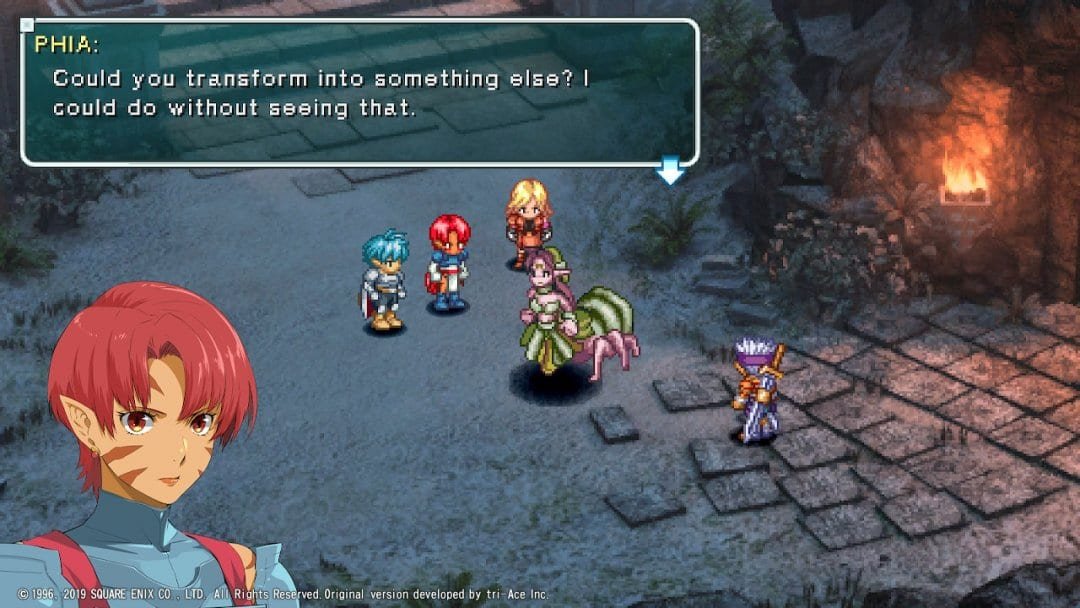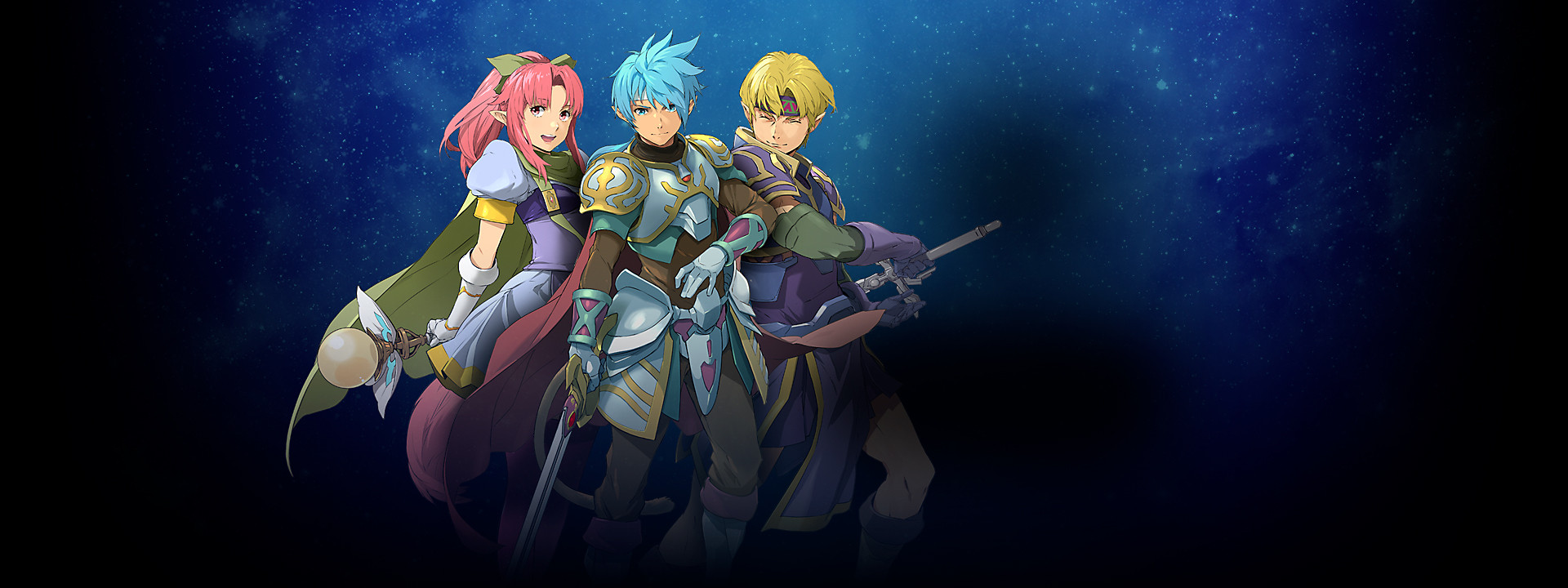
These points of interest are typically towns, dungeons, or passages between locations. One addition from the original Star Ocean release is that First Departure gives you a mini map with points of interest highlighted on the map. In traditional 90s RPG style, you navigate most area from a (semi) top-down viewpoint with an overworked map in between locations. There is a whimsy when needed while darker moments are forecast in both color and sound. The visual details and musical score both come very close to capturing the essence of what made games like Chrono Trigger and Secret of Mana so iconic beyond the reach of their age.


Crossing both space and time, this crew must track down the demon king Asmodeus, save their families, and end a bitter war.Īesthetically, Star Ocean: First Departure R stays true to the 16-bit design, but does it in a way where it does not feel quite so dated.

All of this leads to the discovery of the disease’s source: a demon king taken from Roak 300 years prior. Searching on behalf of the Earth Federation to discover why this planet was attacked and the purpose of this disease, the crew of the Calnus discovers a shadowy third-party behind the attack and the Lazonian’s desire for a peaceful end to conflict. Along the way, it is revealed that Dorne has contracted the disease and if fading fast.Ītop Mount Metorx, the trio is met by a flash of light and two strangers: humans from the startup Calnus. As a last resort, the trio makes their way to the top of a local mountain whose herbs are revered for their healing powers. Millie, a practitioner of the healing arts of symbology tries to heal her infected father, but with no luck. Transferable on contact, this disease transforms the infected into a stone-like state. Little do they know, things are about to get much worse for them and very, very weird.Ī strange disease was unleashed upon Roak by the Lezonian weapon. Their daily task is to protect their village and the surrounding area from mercenaries and thieves. Meanwhile on Roak, in the small village occupied by a humanoid feline known as Fellpool, three young, residents, Roddrick, Millie, and Dorne, serve as part of the Kratus Defense Force. Not all is peaceful within this universe a weapon has been unleashed on the unsuspecting planet of Roak by an alien race known as the Lezonians that would set off a chain of events reaching far into the past. Star Ocean: First Departure R begins with a lofty description of humanity’s present posture: explorers within a vast universe, an ocean of stars to navigate (hence, the name). In case you missed both Star Ocean and Star Ocean: First Departure (like I did), here is a quick plot synopsis: Within this review, we will be giving an overview without spoilers, examining the gameplay, progression systems, and some of the main themes found throughout the game before wrapping it up with a final score. This is a remake in the sense that First Departure R stays true to the classic Star Ocean look and the feel of a mid-90s real-time JRPG while adding voice over for main dialogue, animated cut-scenes, and some quality of life improvements over the original 1996 release. To set the stage properly, Star Ocean: First Departure R is not a remake in the same vein as the long-anticipated Final Fantasy VII: Remake. With six main-series titles as well as an unfinished manga and anime series, Star Ocean has an established history.
#Star ocean first departure r gameplay portable
While not every game in the series succeeds in its execution of these elements, the series as a whole can be considered among the most innovative JRPG franchises.Originally released exclusively in Japan on the Super Famicom in 1996 as the first Star Ocean title, then remade for the Playstation Portable in 2007, First Departure R is both a remake and a rerelease of the title that launched a franchise. The real-time combat is also a highlight, allowing for fast and engaging gameplay that stands out from its turn-based competitors.

Since its first introduction in 1996, the Star Ocean series has always sought to tell very character-driven stories fans of the series will often point to the Affection Rating and Private Action systems as a huge draw of the games, allowing your characters to interact with each other in very dynamic ways. RELATED: Final Fantasy: 5 Reasons XVI Should Be The Next Release (& 5 It Should Be VII Remake Part 2) With the recent reveal of Star Ocean: The Divine Force by tri-Ace and Square Enix, it is worth looking back on the games that built the franchise. While Star Ocean may not enjoy the popularity of contemporaries like Final Fantasy or Tales, for fans of the series it has always stood out for its innovative gameplay, ambitious storytelling choices, and deep relationship systems.


 0 kommentar(er)
0 kommentar(er)
